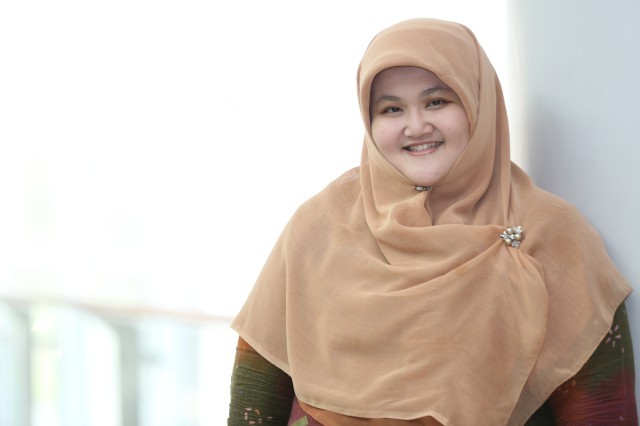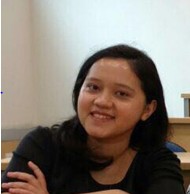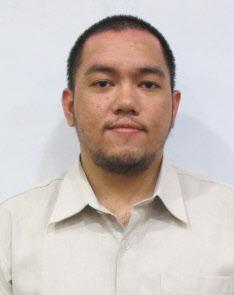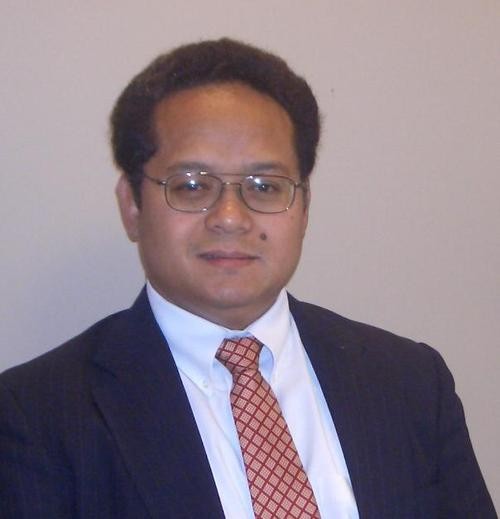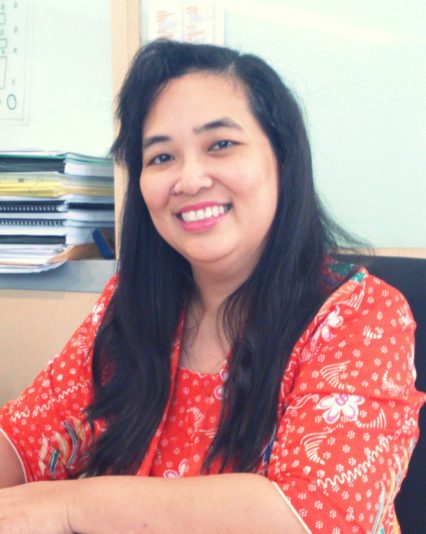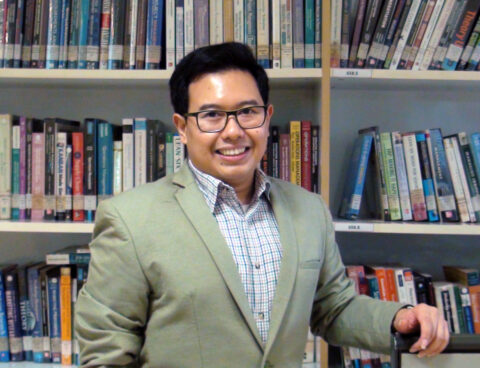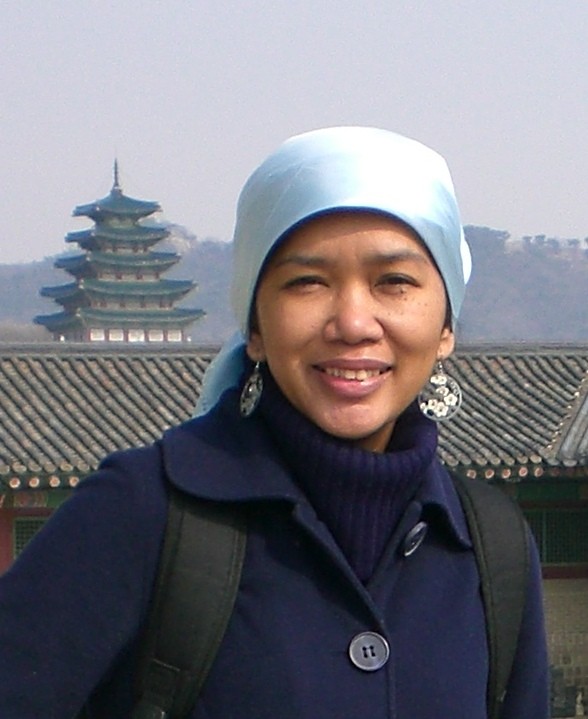Case Document
SWARGALOKA: EMBARKING THE HERITAGE JOURNEY
Swargaloka was first established in 17th of June 1993, by Suryandoro, a graduate of ISI (Institusi Seni Indonesia/Indonesian Institute of the Arts) located in Yogyakarta. They moved to Jakarta in the late 1990s as the founders move to Jakarta for their new career. An avid dancer himself, Suryandoro first intended Swargaloka as an establishment to prepare future generation of dancers. He received full support from his family who consists of gifted artists and dancers. Suryandoro’s wife, Dewi Sulastri, is one of the world dance maestros with a beautiful voice. The mother of four has produced dozens of new dances and performances. Some of the well-known dances of her creations Srimpi Retno Utama (1989), Bondan Suko Asih (1989), Bedaya Dewi Sri (2003), Bedoyo Aji Soko (2008), Bedoyo Tri Sabdo Tunggal Indonesia (2009), and Bedoyo Merah Putih (2009). She was awarded as the first female director and dancer by Museum Rekor Indonesia (MURI) in 2008. Their son, Bathara Saverigadi Dewandoro, was also awarded a world record title as the youngest male Javanese dance choreographer in 2013.
One of his most notable creations is called “Gama Gandrung” (Perjalanan Gandrung), a dance which tells a story of gandung dance journey from Banyuwangi, Jawa Timur. “Gama Gandrung” was first performed at Gedung Kesenian Jakarta on 11th of June, 2014.
Swargaloka was first established as an answer to the needs of having an organization that promotes and cultivates the traditional culture among the young generations. Along the road, Swargaloka has gained both national and international recognition through its various performances. At first, Swargaloka was named Swargaloka Art Department. Along its journey, it became Swargaloka Foundation and PT Gita Swargaloka.
This case discusses Swargaloka’s journey from its first establishment. Despite reaching its 24th year in 2017, Swargaloka still has several issues that it needs to solve to be able to survive as a performing-art group. Its audience numbers remain stagnant, and despite attempting to collaborate with and get funding from various institutions, including the government, Suryandoro still found that the organization is still struggling to make the ends meet. This is due to the facts that conducting a performance is a costly endeavor whereas the ticket sales may not always be sufficient to cover the costs of production.
Moreover, Suryandoro also believes that packaging the performance to be more dynamic, attractive, and communicative will enable them to target the younger audiences. However, even though Swargaloka has put significant efforts to repackage a wayang orang performance, it still has not reached a significant number of audiences.
CONWOOD HOUSE IN 7 DAYS: DISRUPTIVE BUSINESS MODEL
The competition in the construction material industry is growing rapidly. More and more innovation is being applied in all area in the industry where incremental improvement is no longer an advantage but an essential to survival. Looking at this landscape, where disruption can happen anytime, Conwood Indonesia decided to disrupt themselves by taking an action to leap frog the competition by diminishing the top two most constraints in the building and construction industry: time and working capital.
Following its successful entry into the segment of premium wood using environmentally friendly materials, Derek, the incoming President Director of Conwood Indonesia, faced with the inevitable truth. The market faced structural problem with overcapacity and the influx by import produces. Situation predicted to continue to worsen with new capacity continue to enter the market from new local producers and from tax free imports. Conwood Team decided to capitalize on the unique strength of its technology, unmet demand for affordable housing and the limitation facing the Indonesia construction market. In July 2016, Conwood started to transform itself from a purely manufacturing company into Innovation driven company. With limited resources, how can Derek and his team, within 3 months, act quickly to solve the problems with new innovation while concurrently unravel the issues raised from the innovation itself?
JNE: LEADERSHIP IN LOGISTIC COMPANY
In mid-2014, Feriadi contemplated the way back to his home while accompanied by the sound of radio newscaster’s in his car. The news mostly discussed about some of the structural weaknesses in the economy of Indonesia, such as the rise of the e-commerce and the leadership system that have less influence on employee performance. With the rocketing competition from similar businesses, he thought harder on how to increase the growth of their company while not unsettling the current value of JNE.
PT TOKOPEDIA: WHEN A LEADERSHIP TAKES A LEAD
On August 17, 2009, William Tanuwijaya and Leontinus Alpha Edison two close friend that worked together to achieve their dream, officially launched the first online platform shop called Tokopedia. Tokopedia held an icon of green owl with big eyes, the owl was the symbol of wisdom and had a great vision into every direction. It means that Tokopedia had holistic point of view for their business start from the company itself, the buyers and the sellers.
At that time, Internet was forecasted to be the new era of commerce since its inception in the beginning of 2000. Internet development in Indonesia continues to increase in 2013 (Exhibit 1), there were 74.6 million Internet users in Indonesia (the highest in Southeast Asia), a rising up 22 percent from a year earlier. This figure is expected to exceed 100 million in 2015 (Marketeers, 2014). ebay, Amazon, Alibaba were the e-commerce company that already stable worldwide while in Indonesia the online shop was a new things. The current Internet-based commercial transaction (e-commerce) is an essential element in the business life. With the number of internet users that is about 30% of the total population of Indonesia, Indonesian e-commerce market has a high potential in the future.
Eight years later, Tokopedia was known as the biggest e-commerce platform in Indonesia with thousands of tenants or retails and Tokopedia announced funding of US$100 million from SoftBank and Seqouia Capital (techinasia.com, 2014). The two founders, William and Leon were known as the former electronic entrepreneurs that went beyond their time. This case study explores or explains the factors that made Tokopedia big as we know today . This case study focuses on five entrepreneurial mindset such as creativitiy, collaboration, direction, coordination and delegation that the two founders did along with the growth of Tokopedia.
THE DEVELOPMENTS OF THE ‘LOCAL CONTENT REQUIREMENT’ IN INDONESIA
This study investigates the potential ramifications of the implementation of a ‘local content requirement’ (LCR) law for electronic products in Indonesia. The law has been deemed “protectionist policy” by some and possibly in violation of WTO trade agreements. The Government of Indonesia (GOI), however, has maintained that its implementation is necessary to prevent the country simply becoming a market for these products. Indonesia hopes to have a greater stake in the manufacture or research and design of these products.
LEADERSHIP IN RURAL AREAS: A CASE STUDY IN INDONESIA
This case study discusses some inspiring rural leaders consisting of the Regency of Purwakarta (West Java), Batang (Central Java), and Bantaeng (Southeast Sulawesi). Why rural leadership?
Rural leadership is interesting to discuss especially in transitional countries such as Indonesia, where the agricultural-based society is still very strong versus industrial-based societies. Nowadays the discussion about rural-based development depends very much on the leaders. It is said if the leader is bad then the region will not go anywhere and the leader ends up under government financial scrutiny or in jail.
In this case study three leaders change the mindset and mentality of their people, apply corporate governance especially in allocation and budget, and implement system-based government instead of preserving the cult of the individual. Each of the regents were owed credit due to their high achievements from very mediocre region that they ruled.
BATTLE THE OF OLD VS SHARING ECONOMY: HOW GO-JEK & GRAB DUEL FOR INDONESIA AND CRIPPLED BLUEBIRD
PT. PARAGON TECHNOLOGY INNOVATION: STRATEGIC MANAGEMENT IN MAKING DECISION AND TRUSTING ITS OUTSOURCE COMPANY
Nurhayati felt reluctant to let the outsource company manage the Beauty Advisor. She was to worry the outsource company could not maintain the quality of their service. But, this step should be taken, since Paragon will have to focus on their main business, the business of make-up. That’s why, she decided to keep the recruiting, training and determining the pay under her company, instead of letting it to the outsource company. Nurhayati will be focus more on developing product quality and quantity, as well as building more warehouse for the upcoming years, she hopes that by such strategic move it would made her company compete in the market, and however, any kinds of strategy would affect them financially.
The purpose of outsourcing Beauty Adviser Staff of Wardah rather than run and managed by itself is to create cost efficiency in the Corporation in order to keep it stays competitive in the market. This purpose has been asserted by Nurhayati as the top management. Since February 2017 the Corporation has outsourced its Beauty Adviser Staff to other party. Then, it is expected that Corporation can enjoy the cost efficiency and it can be more focus on the core-business. However, since the outsourcing of Beauty Adviser Staff just started several months ago, it is not appropriate period to evaluate whether the purpose of the Corporation is achieved or not. To be able to evaluate the Company purpose from financial perspective, at least need one year period considering other related cost. The cost of outsource Beauty Adviser Staff must be smaller than the cost when the staff run and managed by itself. How efficient it is, still needs time to see.
YAYASAN GINJAL DIATRANS INDONESIA (YGDI) ON THE AFFORDABLE HEMODIALYSIS
Back in 2012, patient with kidney failure in Indonesia reach more than 150.000 people that needs dialysis treatment, but however, this treatment only to serve for 100.000 people, and few patients only that afforded to pay the treatments cost. While there were many issues related with insufficient financial capacity for patients with kidney failure, and there is one foundation that aimed to help solving this problem. Although it was not the only one exist, YGDI (Yayasan Ginjal Diatrans Indonesia) through Dr. Bimanesh and team, struggling to find the best solution in order to bring the aim to reality. The struggle is getting more complicated, when YGDI pushed to create money, to finance themselves to run their daily operational. They can use GAKIN or JAMSOSTEK (later known as BPJS) only for the purpose of patient’s treatment. This issue makes YGDI think hard, with limited resources, how can they survive as a foundation, and concurrently still deliver good service to their patients?
INDONESIA MENGAJAR: A GIFT TO THE NATION
The case presents an Indonesian NGO named Indonesia Mengajar (IM) and its holistic approach in education issue. IM believe that the society can be independent by and grow stronger, and believe that the education development in one area is determined by the educational local actors, such as teachers, parents, the regency government and the people.
The case shared the best practice of recruiting young people into education sector. However, IM’s teacher recruitment method is still questioned, whether being a teacher is a temporary or a lifetime profession? Lastly, the IM’s achievements and inspiring young educators’ stories were aims to stimulate the readers, how we as citizen can contribute in developing the nations.

